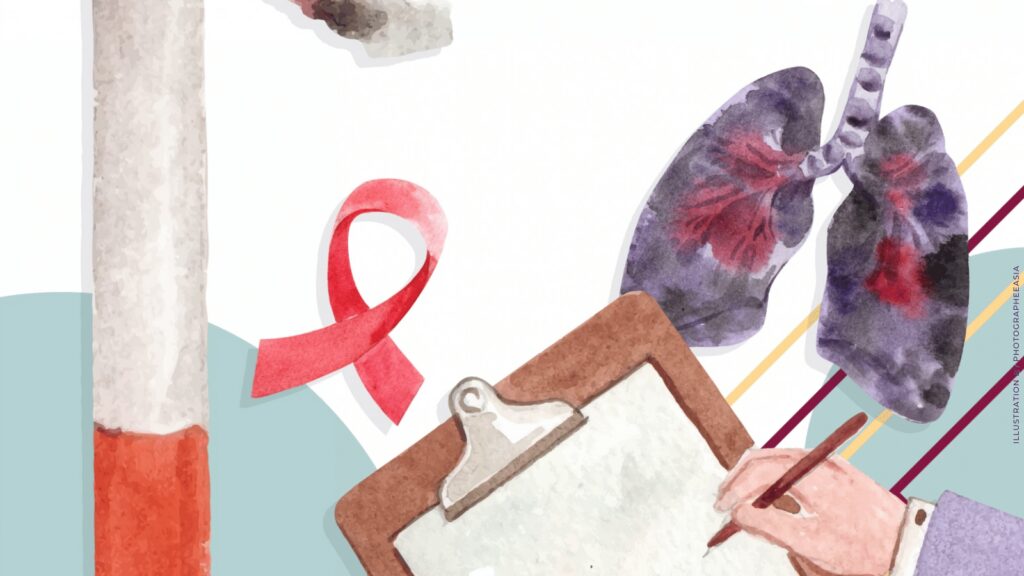World Cancer Day 2021. 10 million people die each year from cancer. That’s more than HIV/AIDS, malaria and tuberculosis combined. By 2030, experts project cancer deaths to rise to 13 million.
Today, many cancers are preventable or can be cured – and more and more people are surviving the disease. However, for some people, the chances of surviving cancer are not getting better. Who you are, your level of education, level of income or where you live in the world, or even in your own country, impacts whether your cancer is diagnosed, treated and cared for in an appropriate and cost effective manner.
Cancer Diseases : Rising Rates, Shrouded in Silence
More than half (65%) of cancer deaths are happening in the least developed parts of the world. Even if you live in a higher income country, inequities still exist among lower-income, indigenous, immigrant, refugee and rural communities.
Inequities are also acutely experienced within certain populations: the indigenous, immigrant, refugee, rural, and lower socioeconomic populations in every country. In general, differences in occupation, gender, ethnicity, and in particular education are linked with common cancer risk factors such as poor nutrition, tobacco use and second-hand smoke, and alcohol abuse.
Lower socioeconomic status
Inequities in access to cancer care services are closely associated with socioeconomic status with poor and vulnerable populations unable to afford cancer medicines, as well as experiencing other obstacles to access, such as being unable to afford transportation and accommodation to reach quality treatment facilities.
Women and children
Gender inequities in power, resources, and culture restrict many women from accessing essential cancer services. Cancers which affect women such as breast or cervical cancers can be given lower priority in low- to middle-income countries and investment in screening, detection and treatment for these cancers are limited3. Childhood cancers represents the starkest area of inequity with survival rates over 80% in high income countries and as low as 20% in low income countries (source : Childhood Cancer International, 8 Reasons why Childhood Cancer should be a global child health priority) .
Rural populations
Populations that live in regional or remote areas can experience different cancer outcomes and survival rates. Oftentimes, there exists an unequal allocation of cancer services which tend to concentrate in urban areas which can result in reduced access to specialist services and healthcare professionals as you move away from the larger cities.
Taking Steps To Address Cancer Health Disparities
Equal access to cancer prevention, diagnosis, treatment and care can save lives. There are a few ways we can help reduce these inequities, including:
- Providing greater levels of cancer prevention education to the public
- Equipping healthcare professionals with the appropriate skills and knowledge, particularly to those in low income regions and areas
- Increasing the amount of investment (both money and people) in cancer research and tracking the burden of cancer nationally to shape investments in cancer prevention, treatment and care
- Implementing country-specific cancer prevention and control plans that addresses each country’s unique situation, needs and resources
- Uniting as a society and raising our voices to press governments to treat cancer as an important health issue
This article was originally published by WorldCancerDay.org
Also Read :


